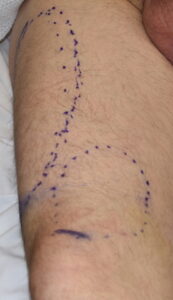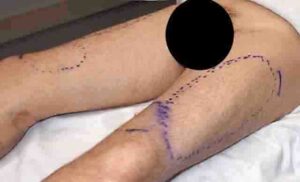While the calf implant is the most recognized lower extremity muscle augmentation implant, it is not the only one. Often overlooked are implants for the upper lower leg, specifically quad implants for rectus femoris and vastus lateralis and medialis muscles. While far less performed than calf implants that is undoubtably due to the lack of both public and surgeon familiarity.
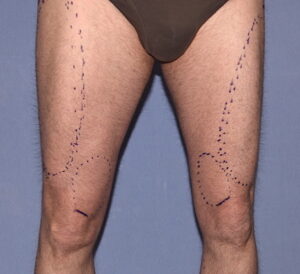
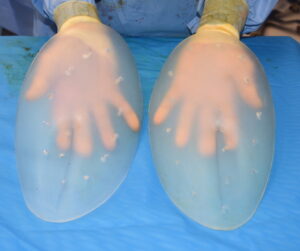
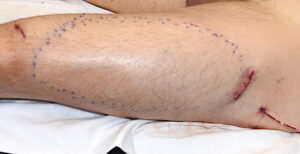

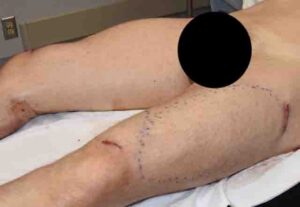
Dr. Barry Eppley
Indianapolis, Indiana




